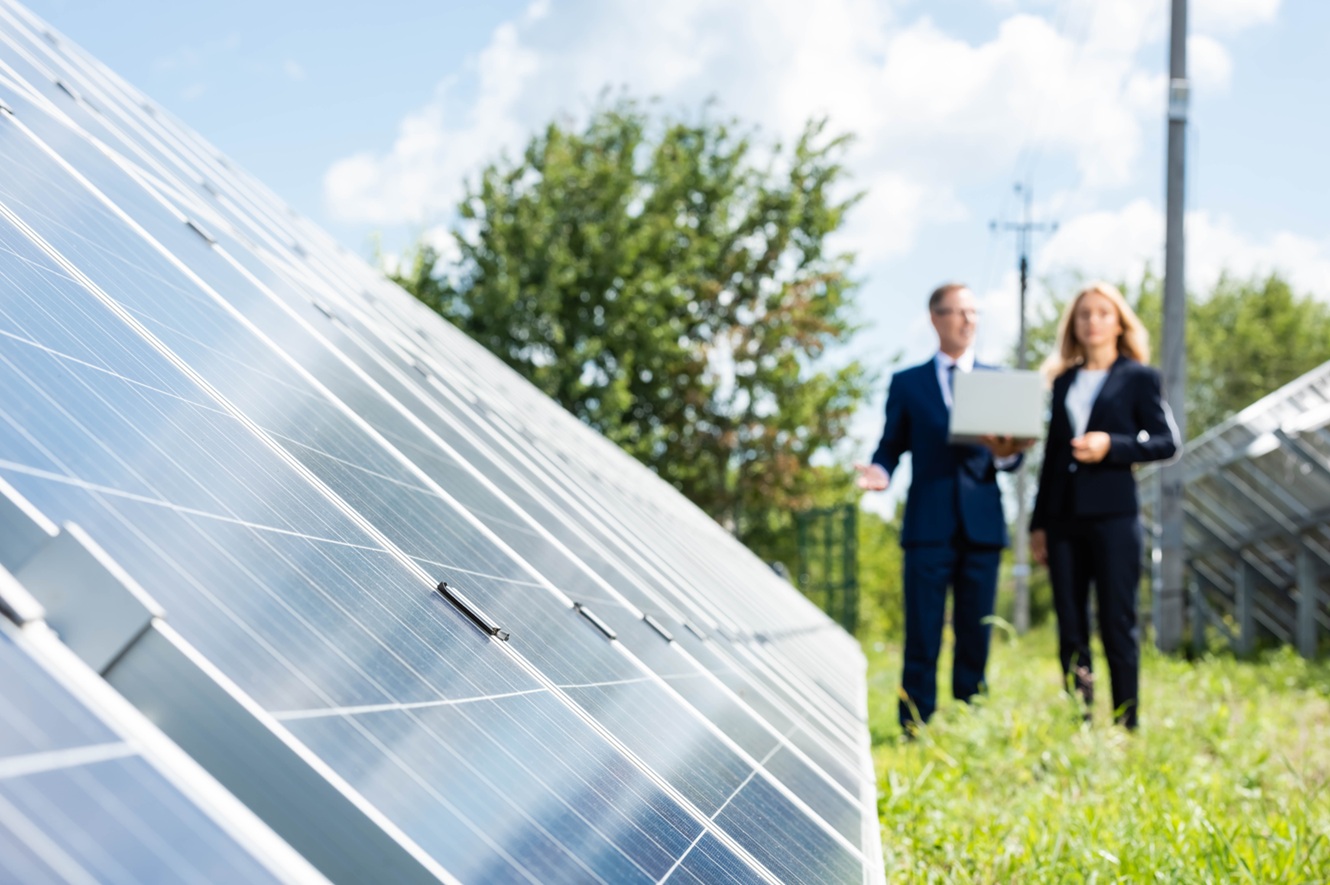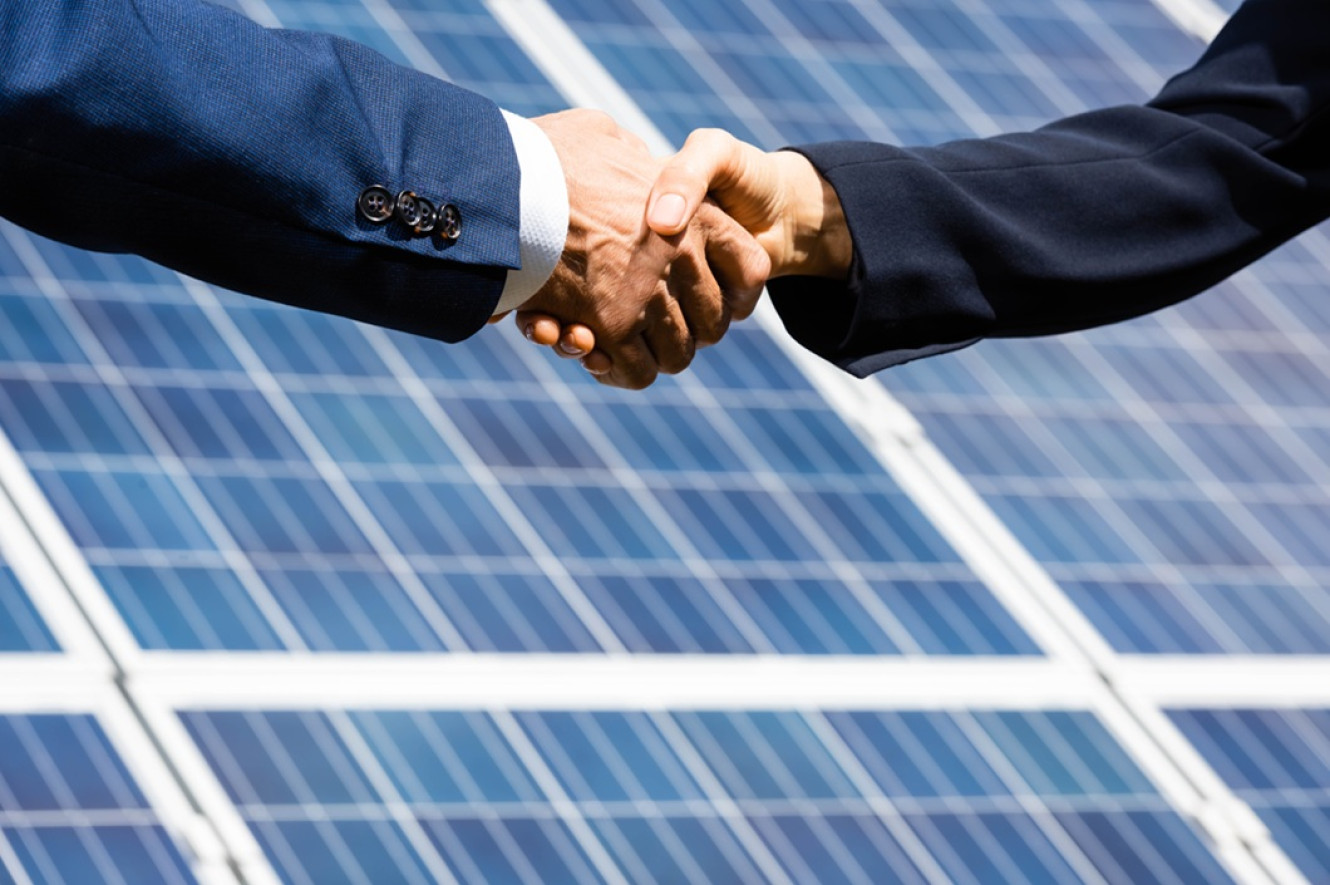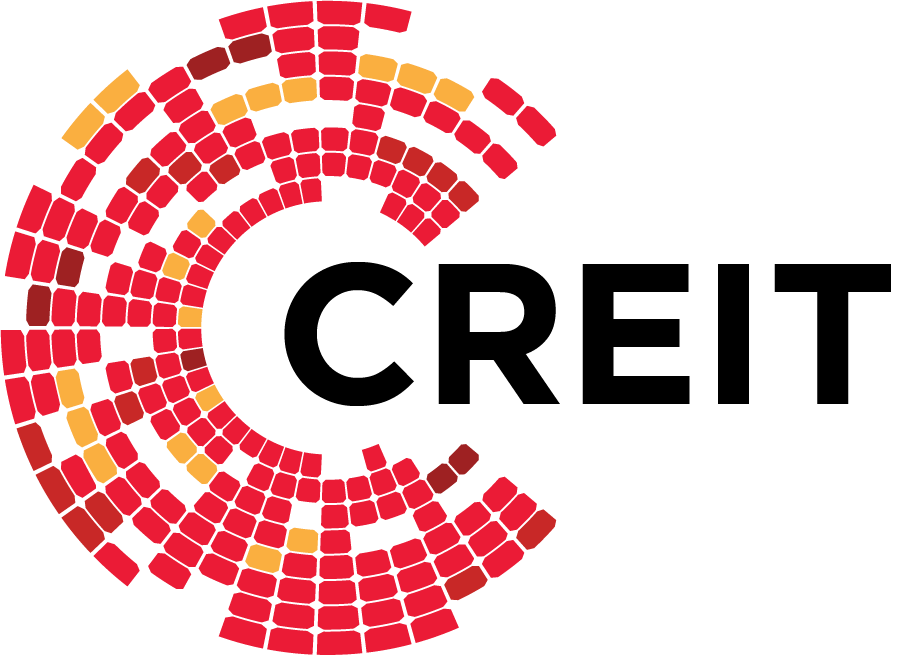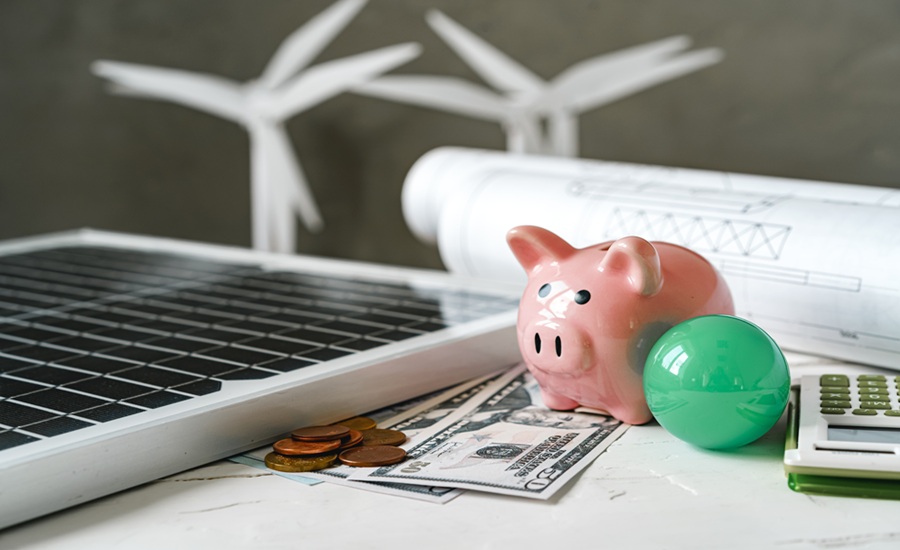Imagine our energy future as a shift from relying on dusty, old library books to accessing the boundless knowledge of the internet. Renewable energy sources like solar, wind, and hydroelectric power offer limitless potential, just like the internet opened up endless information. They're cleaner, more sustainable, and pave the way for a smarter, greener future with significant long-term benefits.
Renewable energy isn't just about powering our homes — it's about lighting up our future. And investing in this bright future is a smart move to ensure we leave a healthier planet for generations to come. The global push toward sustainability is opening up lucrative markets, innovative technologies, and government incentives that make renewable energy a hotbed for growth and profitability.
Beyond the environmental impact, it’s about fueling our portfolios with the same wisdom we wish to fuel our lives: with energy that's as infinite as human ingenuity. If you are thinking about investing in renewable energy, then this blog is perfect for you. Read on to know more about renewable energy investment.
What is Renewable Energy Investment?
Renewable energy investment refers to the allocation of capital into projects and technologies that generate energy from renewable sources such as solar, wind, hydro, geothermal, and biomass. These investments aim to develop and expand infrastructure that produces clean, sustainable energy, reducing reliance on fossil fuels and decreasing greenhouse gas emissions.
In addition, renewable energy investment includes funding for research and development, construction of renewable energy plants, and implementation of energy-efficient technologies. It plays a crucial role in transitioning to a low-carbon economy, promoting environmental sustainability, and driving economic growth through the creation of green jobs and innovation.
Pros and Cons of Investing in Renewable Energy
Investing in renewable energy has several advantages and disadvantages. Here are some pros and cons:
Pros of Renewable Energy Investment
Environmental Benefits
Renewable energy sources, such as solar and wind, produce little to no greenhouse gases or pollutants, significantly reducing the carbon footprint. This helps combat climate change and air pollution, fostering a healthier environment. Additionally, renewable energy preserves natural resources by reducing reliance on finite fossil fuels.
Economic Growth and Job Creation
The renewable energy sector is a rapidly growing industry that creates numerous job opportunities across various fields, from manufacturing to installation and maintenance. This economic activity stimulates local economies and can lead to sustainable development. Moreover, investing in renewable energy infrastructure can drive technological innovation and competitiveness.
Energy Independence and Security
By harnessing local renewable resources, countries can reduce their dependence on imported fossil fuels, enhancing national energy security. This diversification of energy sources makes the energy supply more resilient to geopolitical tensions and price volatility. Energy independence can also lead to more stable and predictable energy prices for consumers.
Long-Term Cost Savings
While the initial investment in renewable energy infrastructure can be high, the operational costs are generally lower than traditional energy sources. Over time, this can lead to significant savings as there are no fuel costs and maintenance expenses are relatively low. Additionally, technological advancements are continuously driving down the costs of renewable energy systems.
Sustainable Development
Investing in renewable energy promotes sustainable development by meeting present energy needs without compromising the ability of future generations to meet their own. It supports the creation of a more sustainable energy system that can adapt to changing environmental and economic conditions. Renewable energy projects often include social benefits, such as improved health outcomes and community engagement.
Cons of Renewable Energy Investment
Intermittency Issues
Renewable energy sources like solar and wind are not always available; the sun doesn't always shine, and the wind doesn't always blow. This intermittency can lead to challenges in ensuring a consistent and reliable energy supply. However, energy storage solutions and grid management technologies can address these issues.
For instance, Citicore uses such technologies to enhance the stability and dependability of its renewable energy systems. By investing in these cutting-edge technologies, Citicore is leading the way in overcoming the intermittency challenge, making renewable energy a more viable and reliable option.
Land and Resource Use
Some renewable energy projects require significant land and resources, which can lead to conflicts with other land uses and impact local ecosystems. For example, large solar farms and wind installations can disrupt wildlife habitats and agricultural activities. With this in mind, Citicore prioritizes careful planning and environmental assessments to minimize these impacts and ensure sustainable development.
By leveraging innovative solutions like using idle land and introducing programs like AgroSolar, Citicore prevents the displacement of farmers and marries food security with energy generation. This approach not only reduces environmental impact but also promotes a harmonious coexistence between renewable energy projects and local communities.

Factors that Influence Investing in Renewable Energy
Renewable energy investment is influenced by a range of factors, spanning economic, political, technological, environmental, and social dimensions. Here are some key factors:
Economic Factors
- • Cost of Technology: The capital cost of renewable energy technologies, such as solar panels, wind turbines, and energy storage systems, significantly impacts investment decisions.
- • Government Incentives: Subsidies, tax credits, and grants can make renewable energy investments more attractive.
- • Market Prices: The price of competing energy sources (e.g., fossil fuels) can affect the profitability of renewable energy projects.
- • Financing Options: Availability and terms of financing (e.g., loans, bonds, venture capital) influence the feasibility of renewable energy investments.
Political and Regulatory Factors
- • Government Policies: Supportive policies, such as renewable energy mandates and clean energy targets, encourage investment.
- • Regulatory Framework: Clear and stable regulatory environments reduce risks for investors.
- • International Agreements: Commitments to international climate agreements (e.g., the Paris Agreement) can drive investment in renewables.
Technological Factors
- • Technological Advancements: Innovations that improve efficiency and reduce costs of renewable technologies can boost investment.
- • Energy Storage: Developments in energy storage technologies are critical for managing the intermittent nature of some renewable sources.
Environmental Factors
- • Climate Change: Increasing awareness and concern about climate change drive investment in cleaner energy sources.
- • Resource Availability: The availability of natural resources (e.g., sunlight, wind, water) in a region affects the viability of renewable energy projects.
Social Factors
- • Public Support: High levels of public support for renewable energy can influence government policies and create a favorable environment for investment.
- • Corporate Social Responsibility: Companies are increasingly investing in renewable energy as part of their sustainability strategies.
Strategies for Successful Renewable Energy Investments
Investing in renewable energy can be a rewarding and impactful endeavor, but it requires careful planning and strategic decision-making. Here are some strategies for successful renewable energy investments:
Diversification of Technologies
Invest in a diverse portfolio of renewable energy technologies to mitigate risks associated with technology-specific challenges or market fluctuations. This approach spreads investment risk and capitalizes on the strengths of different technologies, such as solar, wind, hydroelectric, and geothermal.
Long-term Vision and Planning
Develop a clear long-term strategy that aligns with market trends, regulatory developments, and technological advancements in the renewable energy sector. This strategic vision should include flexible planning to adapt to changing economic and environmental conditions.
Community and Stakeholder Engagement
Foster positive relationships with local communities and stakeholders by addressing concerns, promoting transparency, and sharing economic benefits. Community support enhances project acceptance, reduces regulatory hurdles, and mitigates reputational risks.
Financial Structuring and Access to Capital
Develop innovative financial structures and secure access to diverse sources of capital, including equity financing, debt financing, grants, and incentives. Tailor financing solutions to match project needs and investor preferences, considering factors such as risk tolerance and return expectations.
Focus on Efficiency and Cost-effectiveness
Emphasize technological innovation and operational efficiency to reduce costs and enhance project profitability. Investing in research and development, adopting best practices in project management, and optimizing resource utilization can improve financial performance and competitiveness.
Policy Advocacy and Engagement
Advocate for supportive policies and regulatory frameworks that facilitate renewable energy deployment and investment. Engage with policymakers, industry associations, and community stakeholders to influence policy decisions and create a conducive investment environment.
Sustainability and ESG Considerations
Integrate environmental, social, and governance (ESG) criteria into investment strategies to attract socially responsible investors and meet sustainability goals. Emphasize sustainable practices, environmental stewardship, and positive social impacts throughout the project lifecycle.

Build a Sustainable Future by Investing Renewable Energy with CREIT
Investing in renewable energy through Citicore Energy REIT Corp. (CREIT) presents a compelling opportunity to not only grow your wealth but also contribute to a sustainable future. As the first renewable energy REIT in the Philippines, CREIT focuses on acquiring and managing income-generating assets in the renewable energy sector. By investing in CREIT, you're supporting the expansion of clean energy infrastructure across the country, which is crucial for reducing carbon emissions and mitigating climate change impacts.
CREIT offers investors a chance to diversify their portfolios with assets that have the potential for stable, long-term returns. With a commitment to sustainable development and responsible investing, CREIT aligns financial objectives with environmental stewardship. Whether you're an investor looking to align your financial goals with your values or seeking opportunities in a burgeoning sector, investing in CREIT can be a strategic decision to capitalize on the growth of renewable energy while making a positive impact on the environment.
Join us in driving the renewable energy revolution in the Philippines. Invest in CREIT today to secure your financial future while contributing to a cleaner, more sustainable tomorrow.


